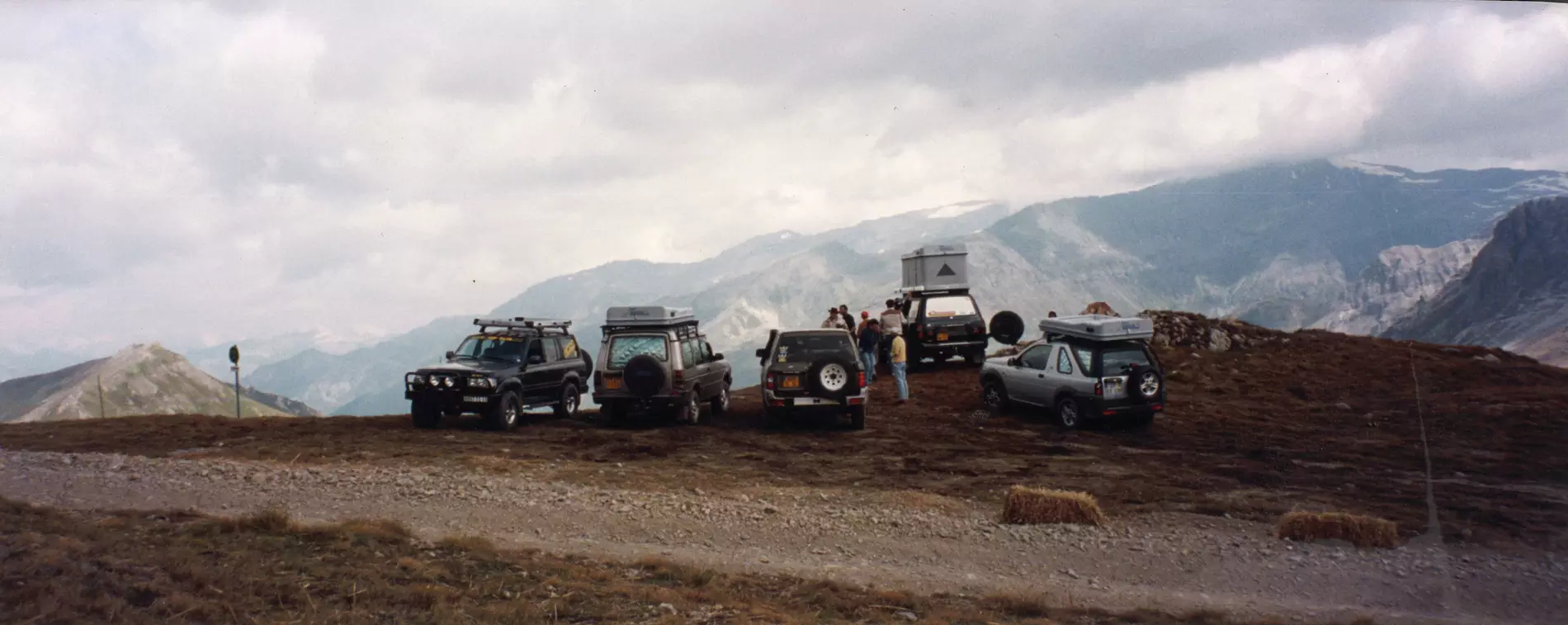
To fully understand James Baroud’s identity we need to go back about 80 years.
José Alcino was born in Vila Nova de Gaia, Portugal in 1939. The middle child of three brothers. At the age of 10, and to help earn some extra money, he became an apprentice goldsmith and worked in that field until going into military service at the age of 20.
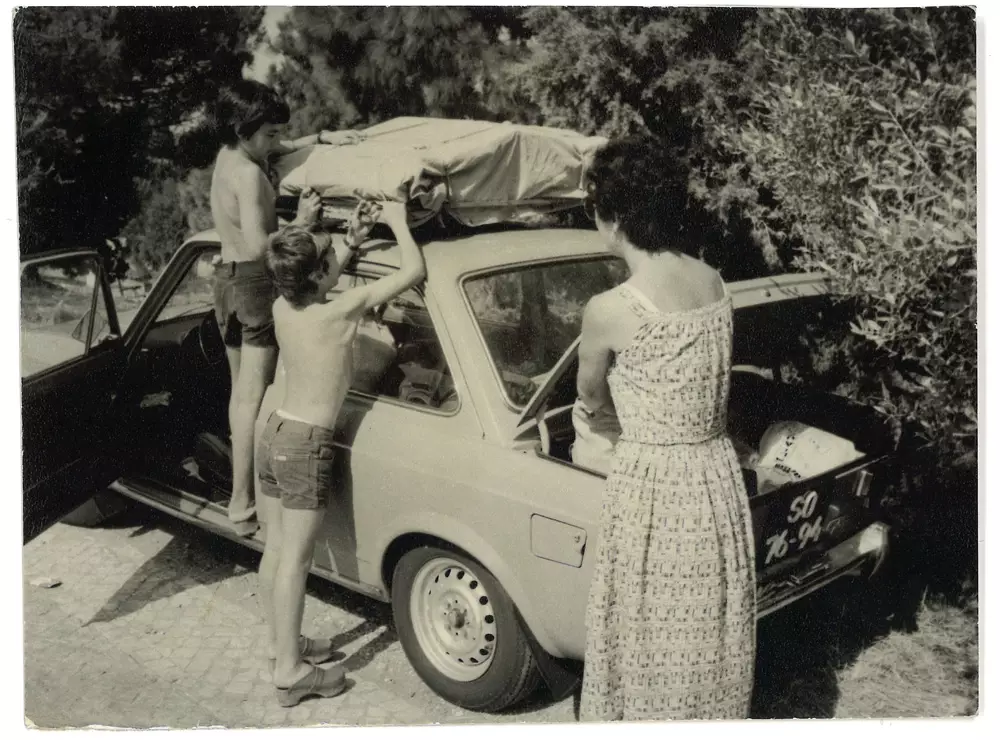
After his military service, leveraging his skills as a sewing machine mechanic, he took a job responsible for a fleet of 200 machines in a textile and clothing factory, but his passion for camping always called for him.
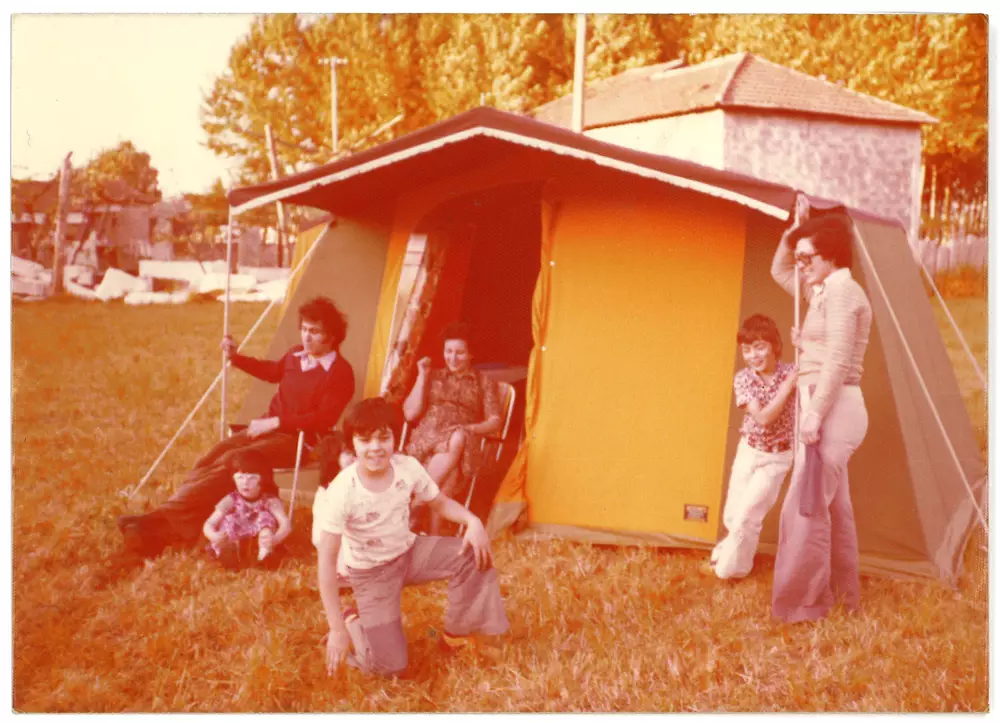
Having a background in textiles, and with his passion for camping he thought he could make his own camping tent. And so with the help of his wife, who was a seamstress, they produced a customized tent.
As soon as they set it up at a campsite, they began to receive requests from several people to make more tents, and thus Movicampo Lda was born.
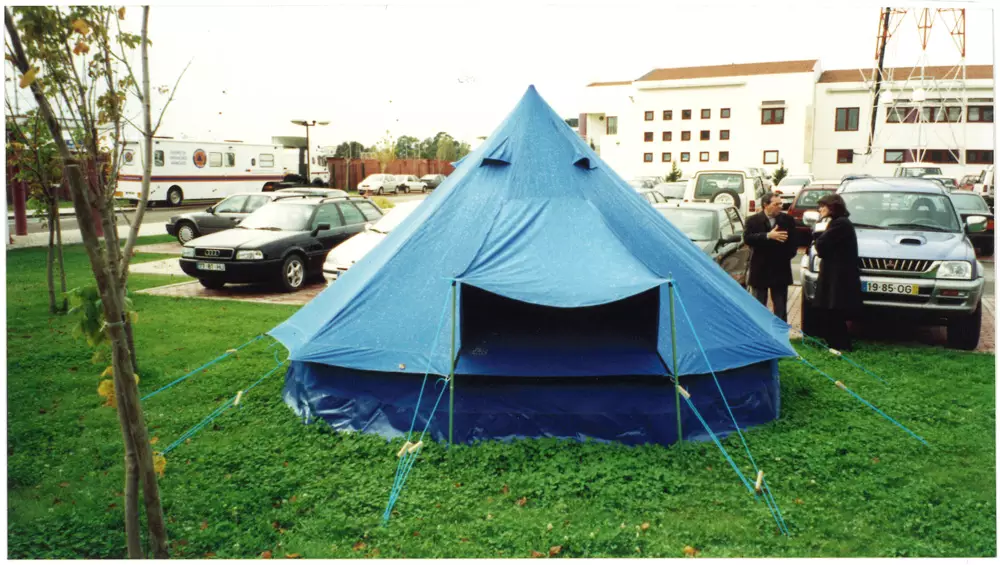
After a few years manufacturing various models of tents, in 1980 he received his first order from civil protection to manufacture tents for campaign and refugees, followed by contracts with the army and some civil protection organizations outside the country.
This opportunity surfaced from a relationship with a general who trusted the quality and durability of Movicampo products and offered a government contract.
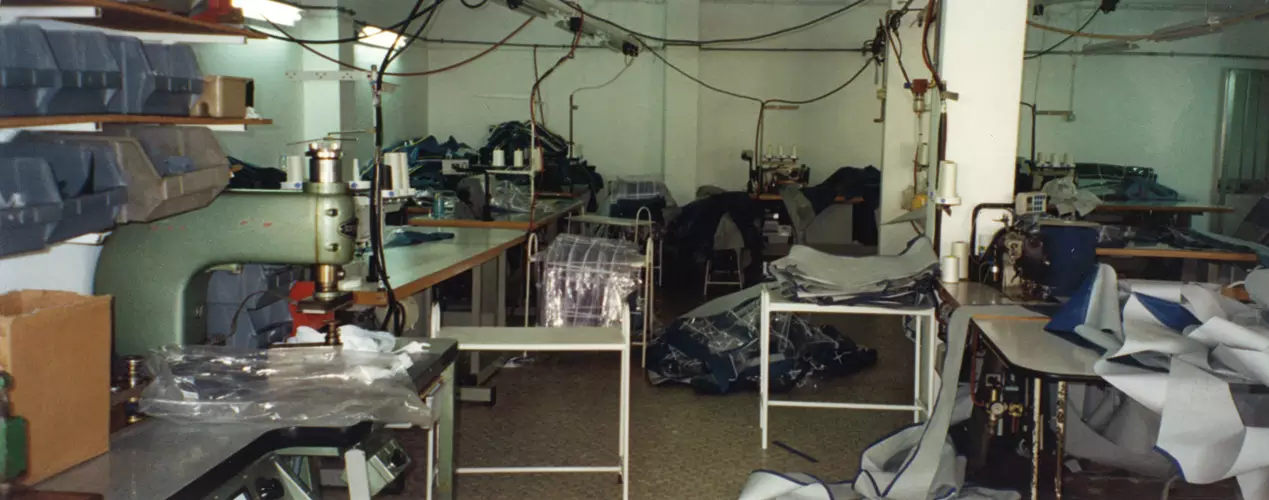
Around 1985, his son Mario Martins an industrial design student, began to collaborate with the company Movicampo, which by the time had began to manufacture tents and awnings for caravans and motorhomes. That year they signed a contract with a German brand to manufacture part of its awnings for caravans.
To move forward with this collaboration, Mario Martins completed several training sessions in Germany at the company’s headquarters.
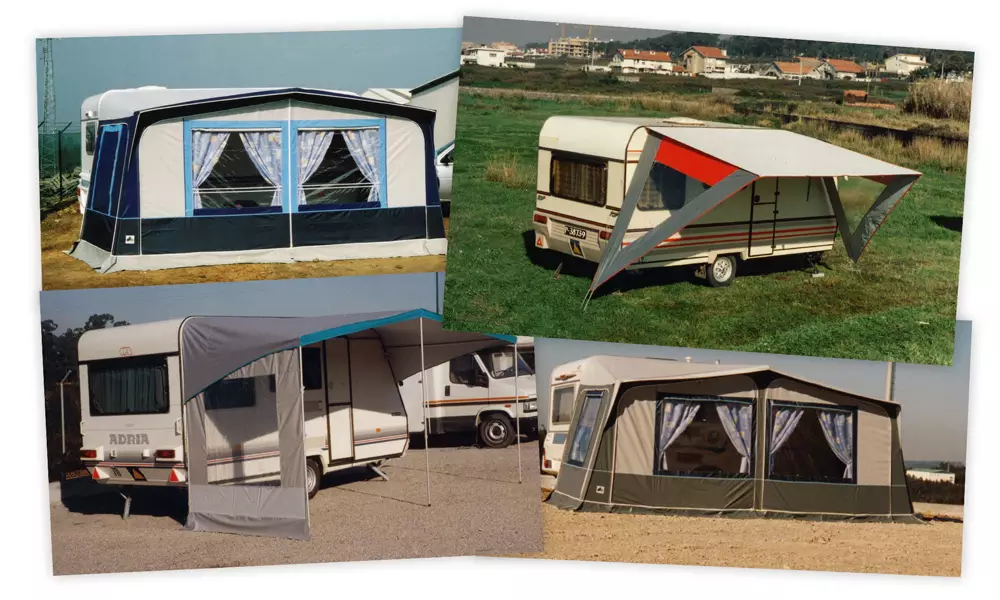
Since joining Movicampo, Mario has been conceiving and idealizing new models of tents and awnings for caravans, and with his knowledge and craftsmanship, Movicampo made contracts with several brands in Europe to manufacture awnings and various tents during the 90s.
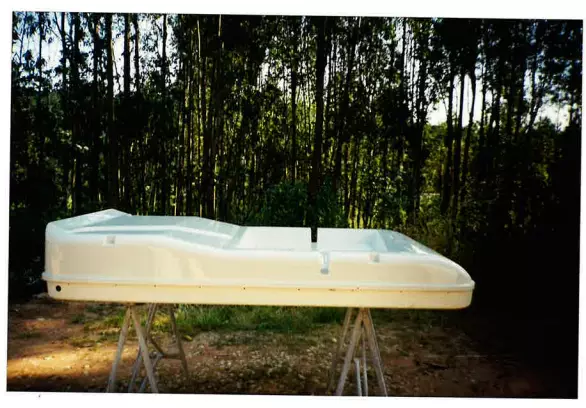
In 1998, Mario Martins crossed paths with Tony Partenio, a Frenchman, a seasoned salesman, and a fellow travel and outdoor enthusiast. Instantly, a strong connection formed between these two adventurers, sparking the beginning of a lifelong friendship.
Together, they embarked on a journey and started to envision, design and test a rooftop tent tailor-made for the rugged and demanding world of off-road and overland exploration.

In 1999, Mario Martins leveraged his expertise in design, craftsmanship and camping material, and joined forces with Tony’s keen commercial vision. Together, they birthed James Baroud, reflecting the perfect fusion of their skills. This dynamic duo had clearly defined roles: Mario spearheaded design, production, and quality control, while Tony steered the marketing and commercial department.
The early days were challenging and success didn’t arrive overnight. However, James Baroud’s commitment to quality and innovation garnered trust from countless professionals. After just five years in, the brand had earned global recognition in the 4×4 community.
Since then, this visionary pair has refused to rest on their laurels. Their journey continues, marked by constant evolution. They expand their product line with new models and accessories, continually enhancing their patented products and systems, driving innovation in the industry.
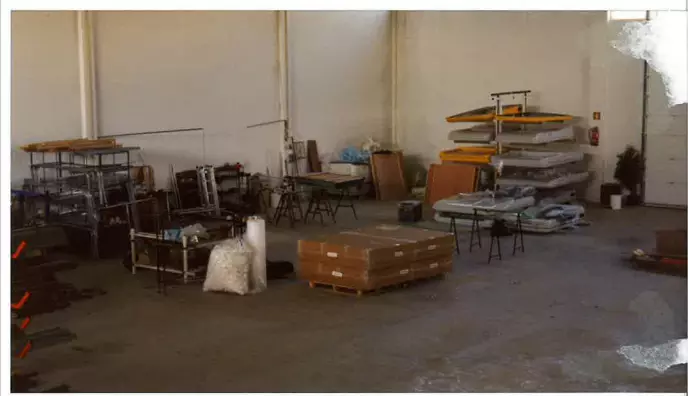
In 2004, customers were given the option to customize their tents with various colors.
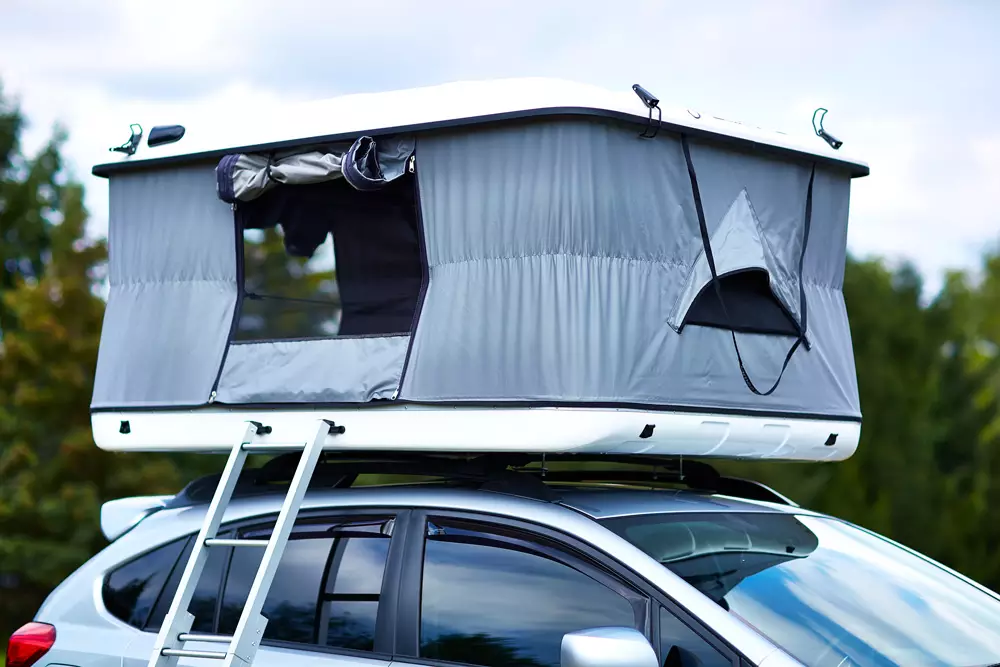
In 2005 James Baroud launches the first automatic opening tent, offering unparalleled convenience to adventurers.
In 2008 they abandoned the manual crank system, which they found very archaic, and permanently switched to automatic opening by struts.
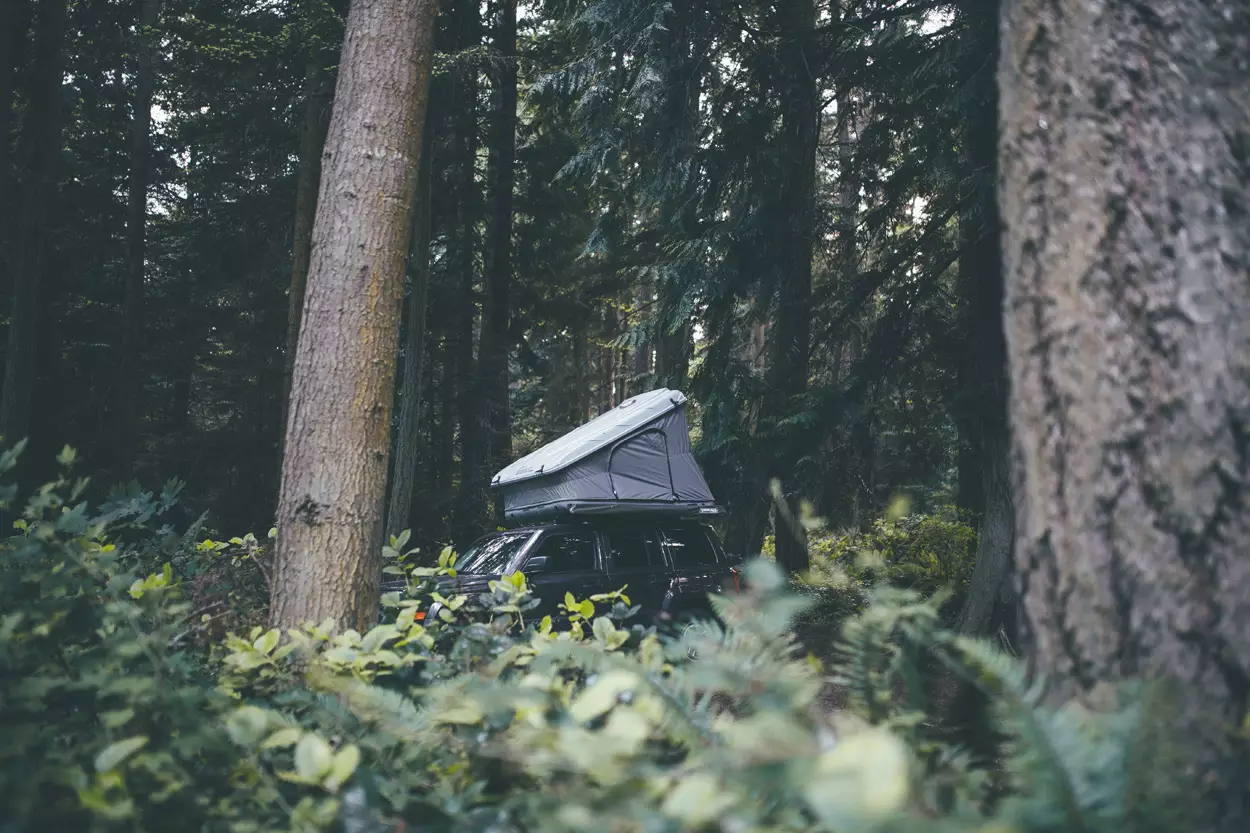
Engineering of an innovative shape for the rooftop tents market, the Space combined the versatility of a clamshell format and the space of the horizontal tent by being designed to have extra space on the front of the tent, a space that was lost on other clamshells.
James Baroud also pushed the boundaries of the fiberglass material by designing the tent shape and strength that could have a hole in the middle for the new Solar Powered Vent that would reduce a long known problem to overlanders, condensation.
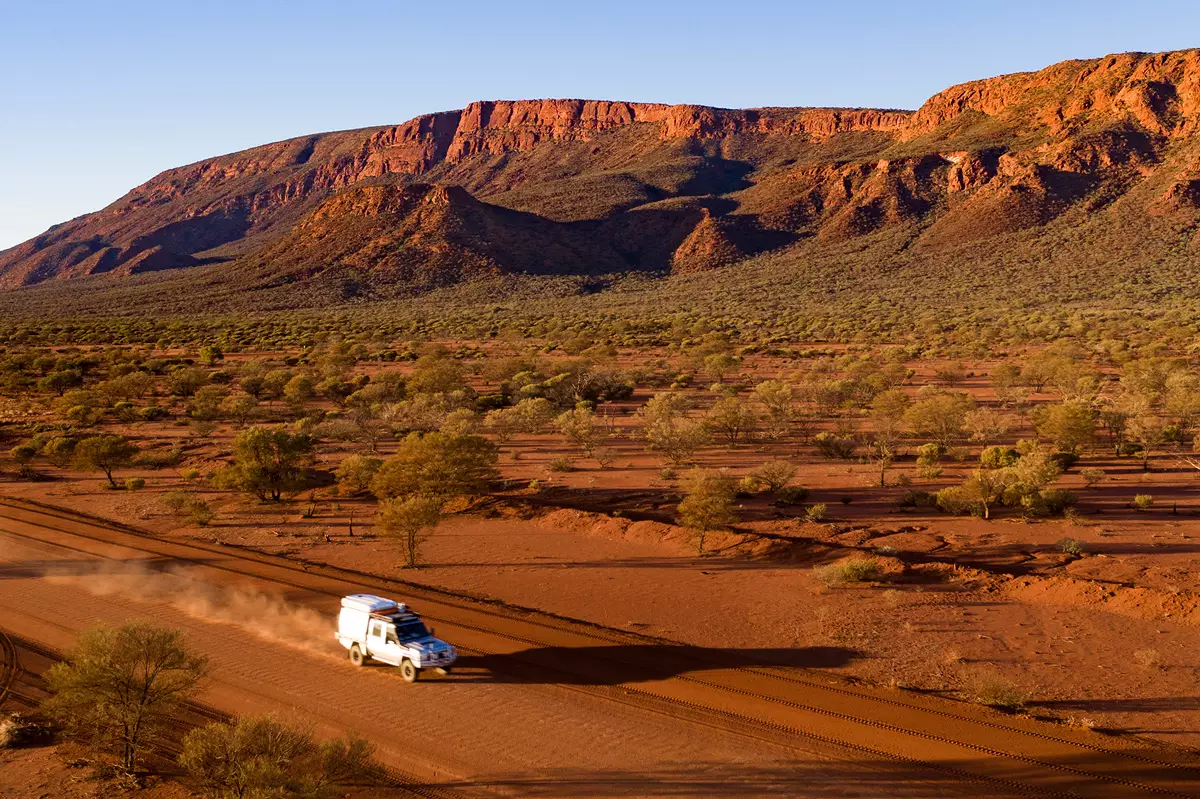
James Baroud decides to expand beyond Europe, initiating contacts in Australia.
During 2012, the design of the exterior shells evolved with a more organic and reinforced design.
And at the end of that year, Capaventure merged with Movicampo, integrating all personnel, machinery, and raw materials.

A quick-assembly awning was developed, which is light and rigid when closed to avoid extraneous noise when the vehicle moves.
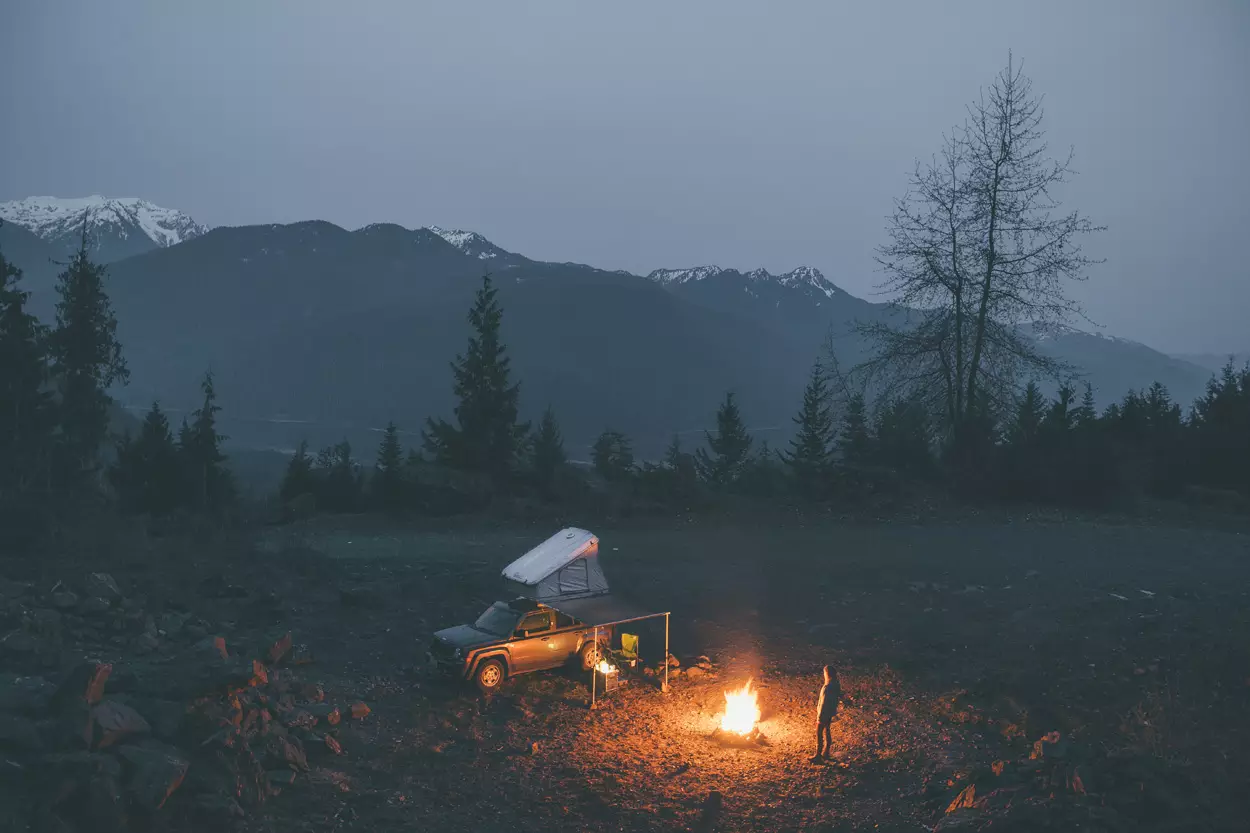
This year James Baroud enters the US market, further expanding global presence.
In 2014, they created an automatic tent locking system when opened, increasing resistance and stability when exposed to extreme wind and snow conditions.
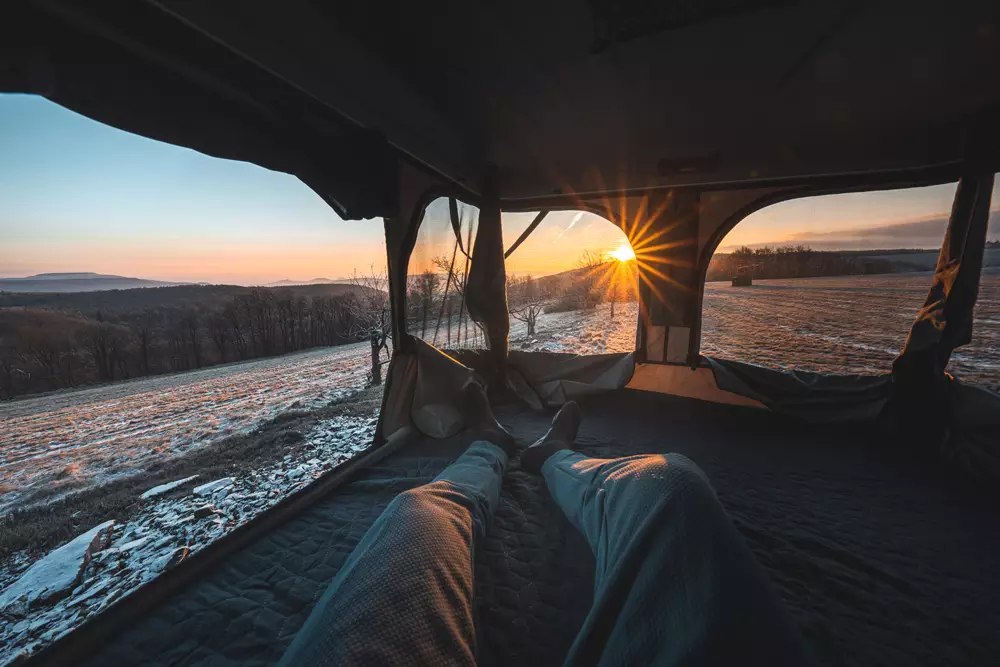
In 2015 they transformed the trend of roof tents by being the first to replace small ventilation openings with panoramic windows and 360º views.
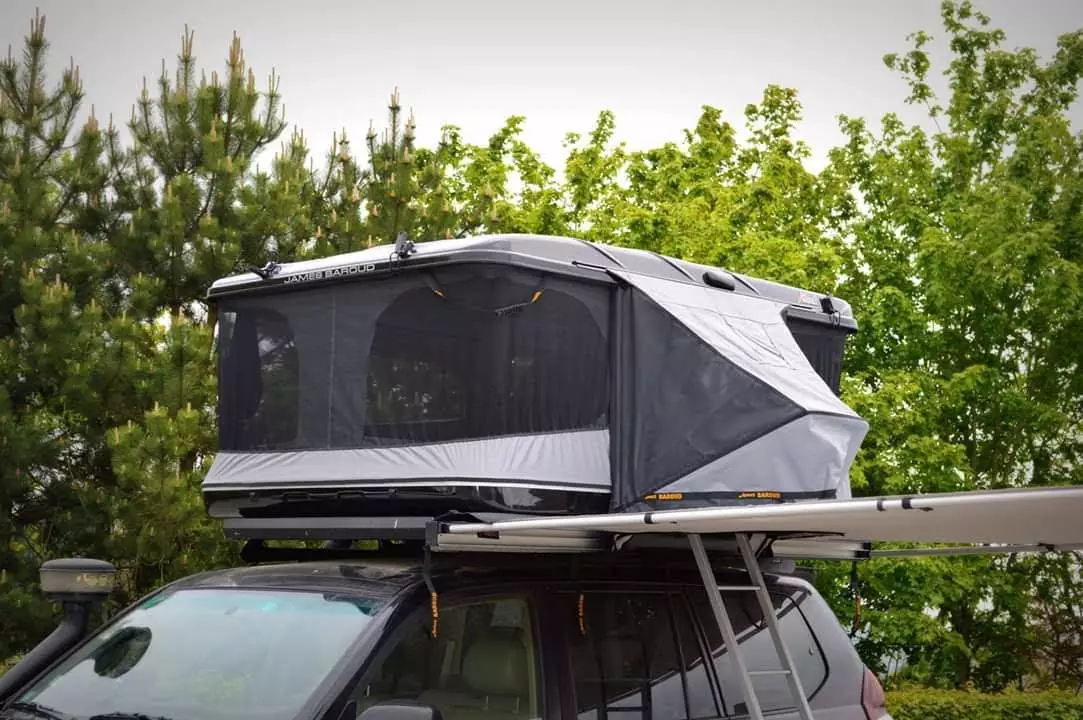
James Baroud once again innovated by launching a quick-assembly tunnel that provides access to the tent through its awnings, protected from the weather and privately.
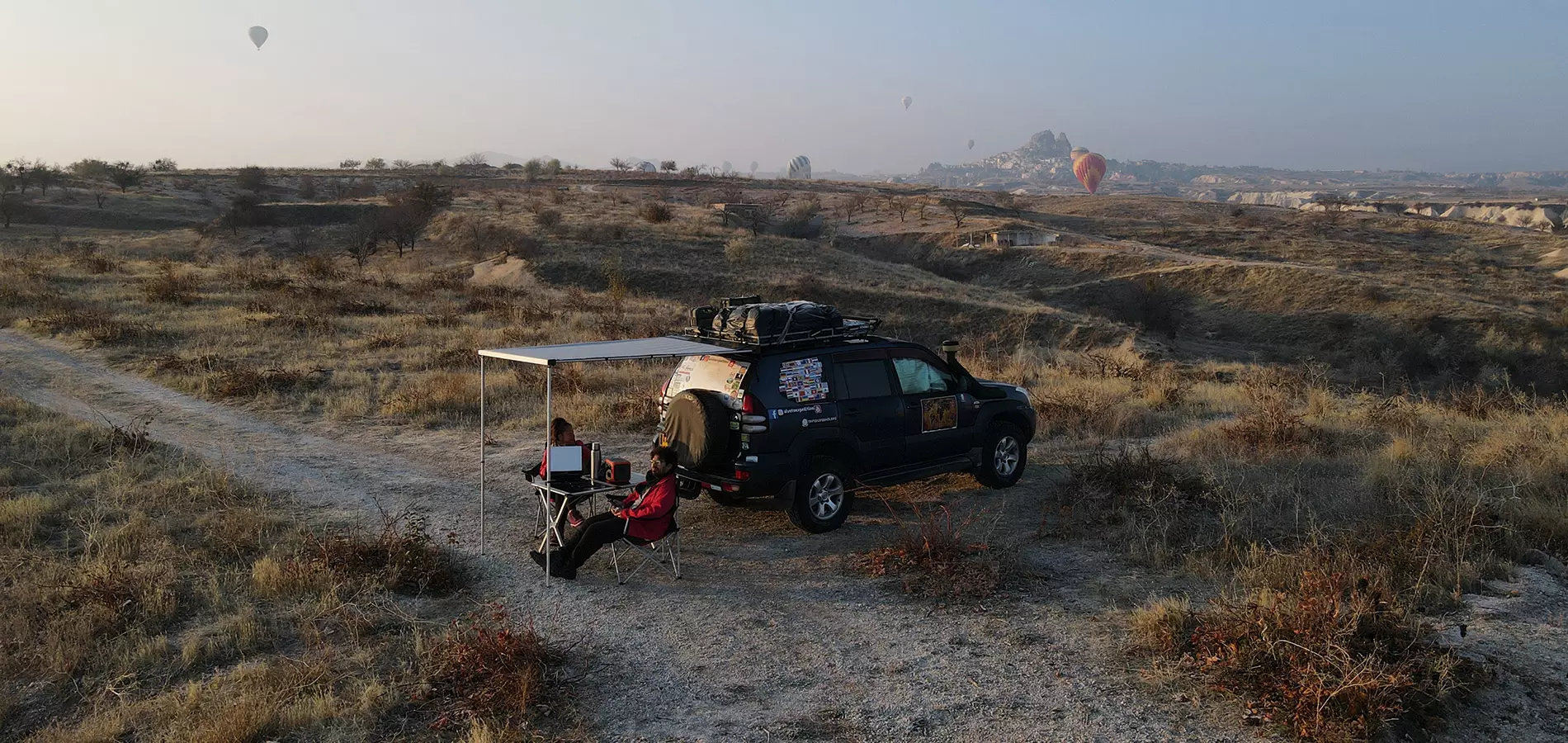
The Rear Awning was launched, one of the first awnings specially developed to be mounted on the rear of vehicles with the possibility to have walls around it.
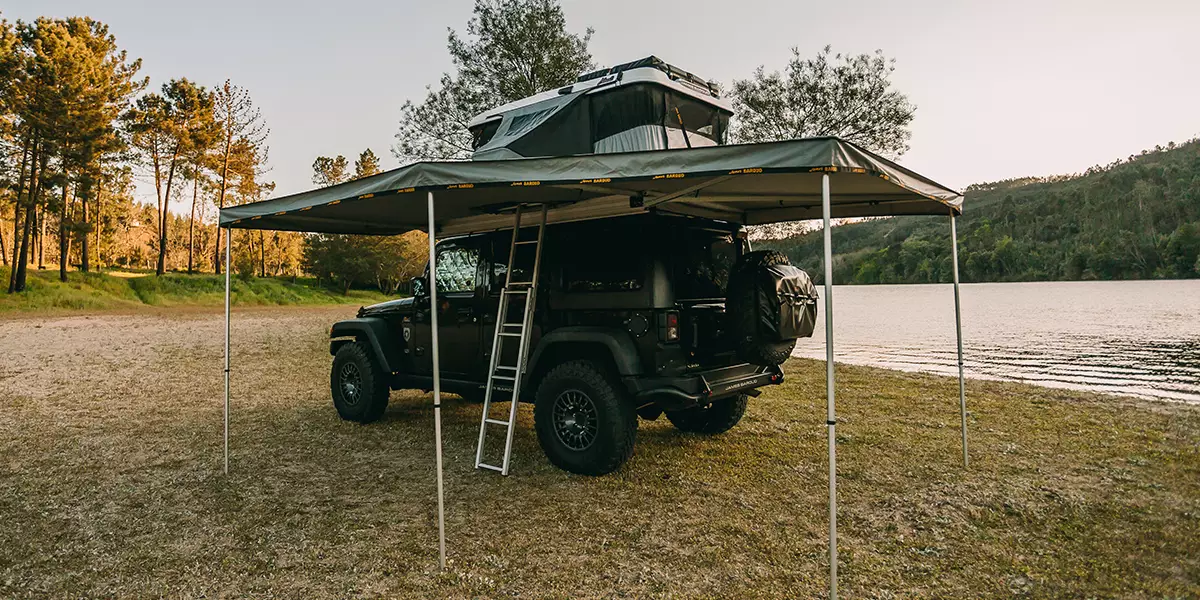
The Falcon Awning was introduced to the market: an engineering marvel that revolutionized outdoor shelter. This innovative, self-supported, 270º wing-shaped awning not only provided the most extensive coverage on the market at its release but also set a quality standard that remains unrivaled even today.
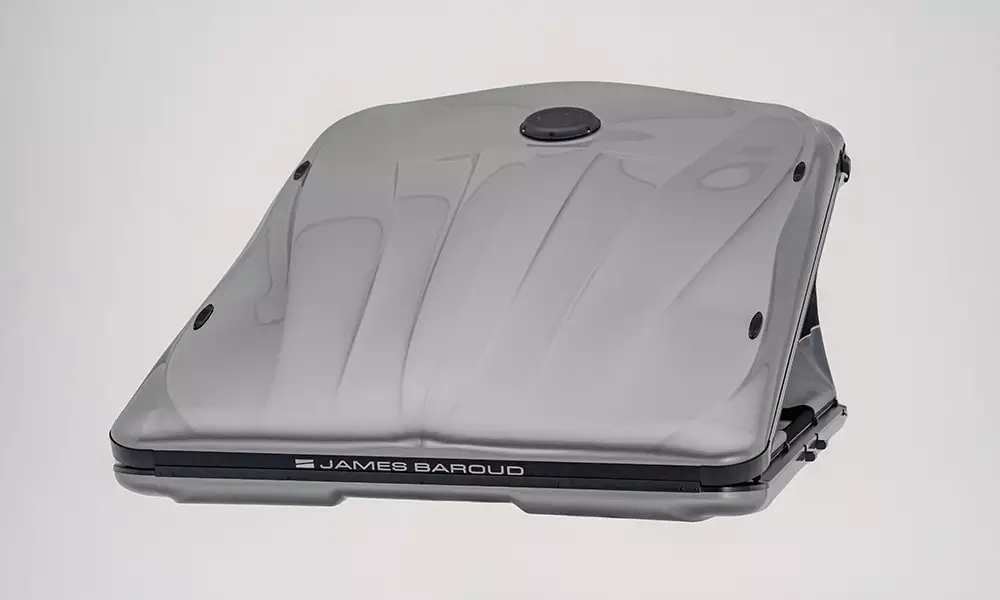
The engineering team challenges themselves to design a tent from scratch, pushing the boundaries of innovation.
After three years of extensive research, development, and design, James Baroud unveils the new line of Frontier rooftop tents.
This line represents a departure from previous models, with the intention of appealing to a broader audience.
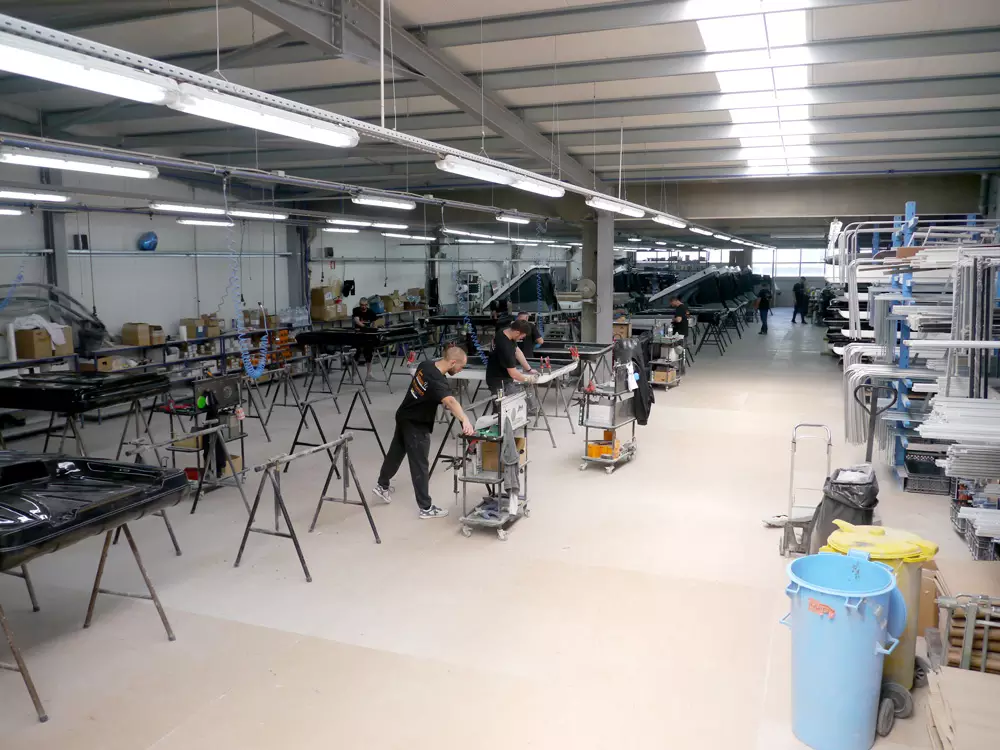
The same level of craftsmanship and attention to detail goes into every product we produce.
Everything we produce is handmade in small batches in our factory in Porto, Portugal.
Want to know More?